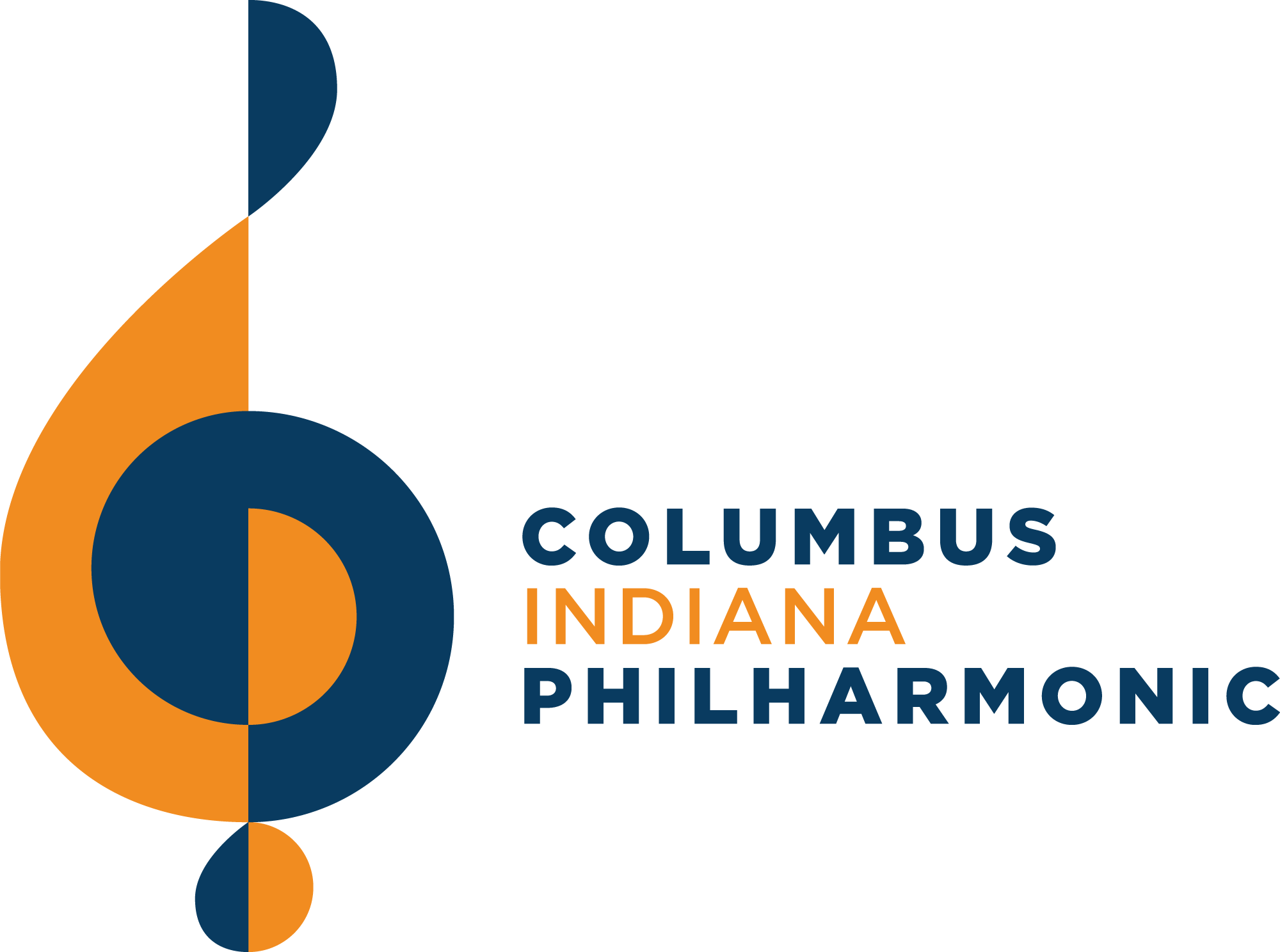Standing ovation for Philharmonic’s music celebrating the Reformation
The Columbus Indiana Philharmonic and Festival Chorus, with three outstanding vocal soloists, treated a large and appreciative audience Saturday to a concert that focused on the 500th Anniversary of the Protestant Reformation. On Oct. 31, 1517, Martin Luther nailed his 95 theses to the door of the Castle Church in Wittenberg, Germany, and the world was forever changed.
Maestro David Bowden chose three sections of Bach’s mighty Cantata 80, “A Mighty Fortress is our God,” to open the concert.
The full-throated sound of the opening chorus of the cantata was marred by intonation problems. However, the second section sung by counter tenor Andrew Rader and tenor Joseph Ittoop emphasized the beauty of Bach’s flowing melodic lines and showed ravishing qualities in the voices of both soloists. Intonation in the chorus improved during the performance of the final section, a chorale for soprano, alto, tenor and bass.
The orchestra exhibited its usual precision to which we have become accustomed as well as resonant qualities in strings, winds and brass.
Ralph Vaughan Williams’ haunting “Five Mystical Songs” for baritone and chorus introduced Nathaniel Olson as soloist, and his strong vocal resources and excellent diction underscored the powerful poetry of George Herbert, one of England’s most brilliant 17th century poets. Bowden shaped beautiful phrases and the chorus sang with feeling and depth, never overpowering the soloist.
Probably the best-known portion of this commanding work, the poignant “Come My Way, My Truth, My Life,” was sung with passion and projection by Olson. From hushed pianissimos to energetic fortissimos, the orchestra played with great attention to balance and blend. The stirring last chorus, “Let All the World in Every Corner Sing,” was stunningly performed by the entire ensemble.
The first half of the concert closed with Dan Forrest’s imaginative setting of the famous chorale. In the opening measures, Forrest captures the original hammer-like rhythms of Luther’s chorale, almost jaunty in comparison to Bach’s straightforward hymn setting. However, toward the end of the work, Forrest gives the strong unison chorus a rollicking orchestral accompaniment and exploits the majesty of the great hymn with choral writing that taxes the chorus to its fullest extent.
But it and their superb conductor were up to the task, and gorgeous sounds full of depth and brilliance bring this well-conceived piece to a rousing conclusion.
The entire second half of the concert was taken up by Felix Mendelssohn’s magnificent Symphony No. 5, subtitled “Reformation,” whose thematic material again features Luther’s chorale. This large-scale, four-movement work with a sonata-style first movement emphasizes Mendelssohn’ s excellent contrapuntal scoring as well as his gift for melody and sumptuous harmonies.
He is also at home with fugal writing, and we get a taste of that in the first and last movements. After a brief slow introduction, the composer calls for allegro con fuoco, and the maestro did not stint in a furious performance that I am confident the composer himself would have heartily enjoyed.
The second movement was a dance-like scherzo interpolated with a lilting waltz. A slow movement evidencing Mendelssohn’s exquisite song-writing leads into the opening of the last movement featuring the silvery sound of principal flutist Kathy Dell, bringing to light once again the chorale featured throughout the symphony.
Nancy Argersinger, principal oboe, and Jennifer Kirby, English horn, added the golden sounds of their instruments to heavenly musical lines.
Virtuosic performance by the entire orchestra exhibited the glory and power of this beloved orchestral work, which brought the audience to its feet in a simultaneous standing ovation. Once again, Bowden planned and executed an exciting, dramatic musical program that should make Columbus proud of its classical music resources.

